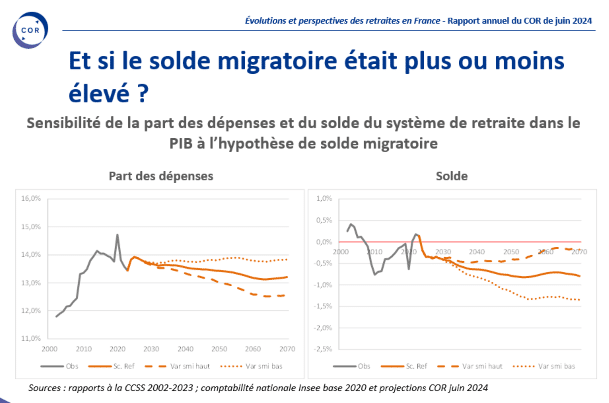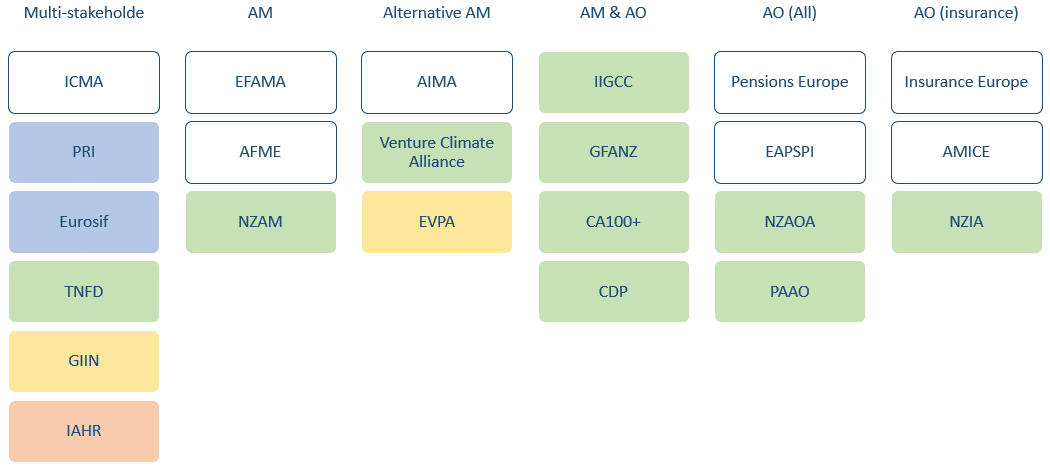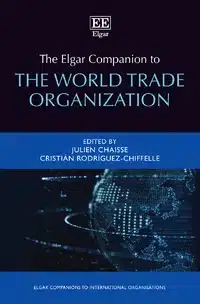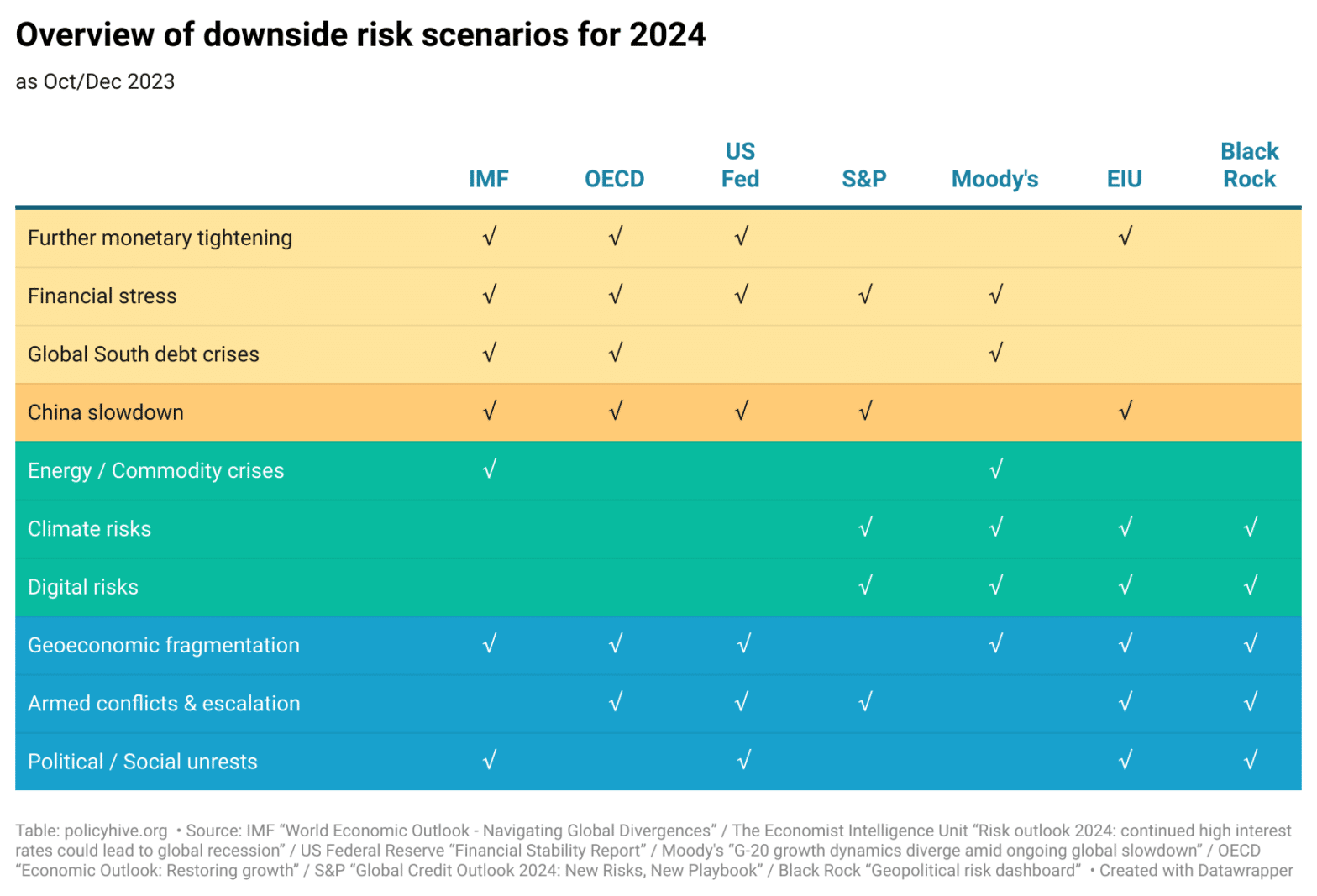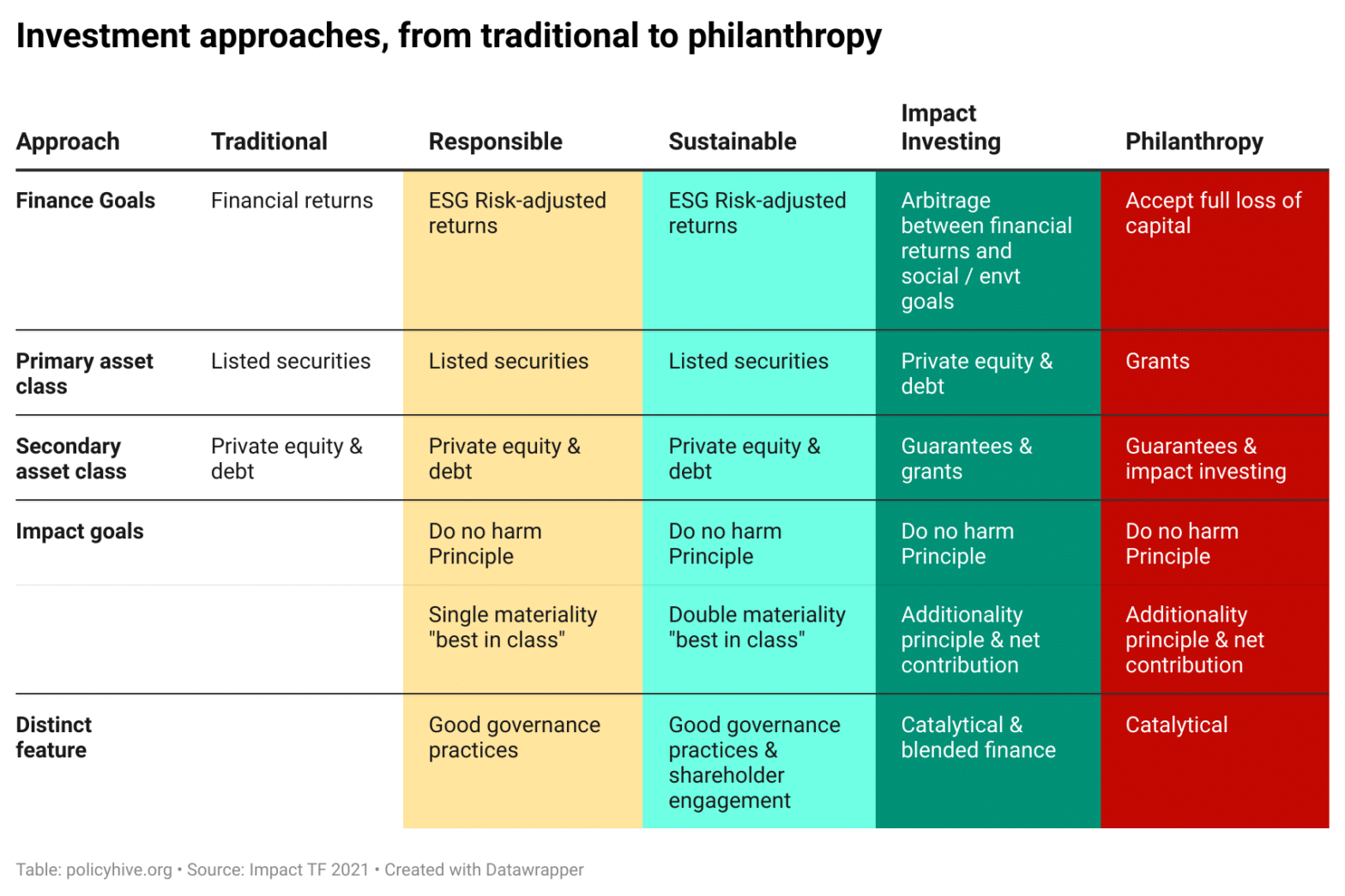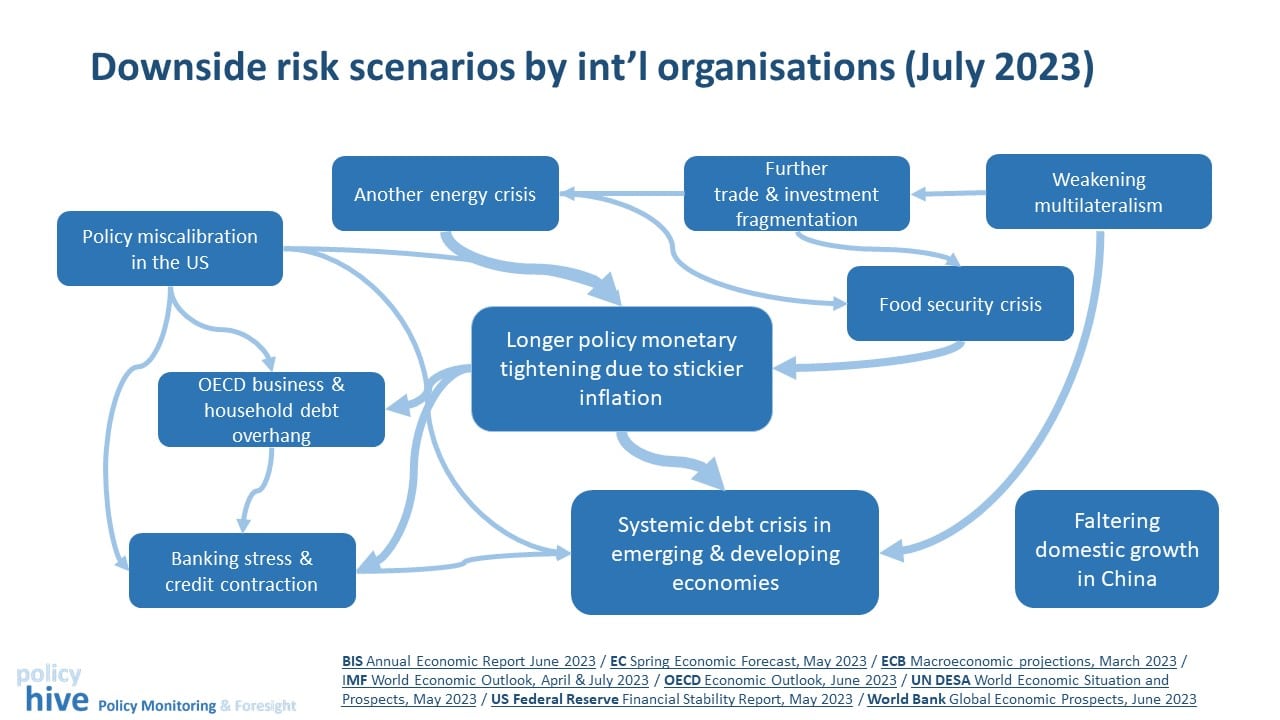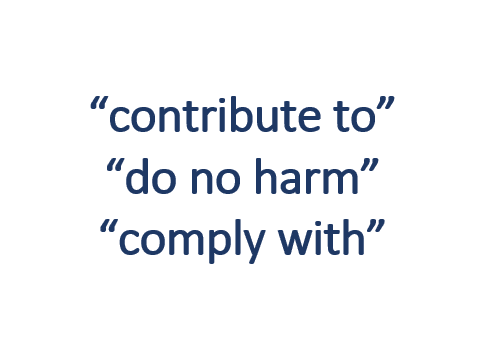The year to come might be the most challenging one in the history of NGOs. All three key sources of NGO funding – households, public funding, philanthropies – are under stress. The political context could not be more hostile and depressing for NGOs, with shrinking civic space, the rise of far right movement and the …
Author archives: PolicyHive
Why are core labour rights so poorly treated in responsible investment frameworks?
Core labour rights, as defined by the International Labour Organization, cover five principles: freedom of association and effective right to collective bargaining, elimination of all forms of forced or compulsory labour, effective abolition of child labour, elimination of discrimination in respect of employment and occupation and occupational health and safety. There is a sharp contrast …
NGO funding challenges
Following a long period of growth, the financial sustainability of International NGOs (INGOs) is facing challenging times: stagnating donations by middle-class households hard hit by the un-ending series of crises (Covid-19, Energy crisis, rising inequalities), decreasing public funding and ODA flows, excessive geographic concentration of donors in OECD economies, continuing rise in “restricted” donations and …
Immigration is the main policy tool at hand to improve French pension sustainability
The annual report of the French Pensions Advisory Council (Conseil d’Orientation des Retraites, COR) published early June confirms that the pay-as-you-go system is in deficit. But it is a deficit under control in the long term, from -0.4% pt of GDP in 2030 to -0.8 pt around 2050, stabilised thereafter until 2070. If there will …
Mapping key advocacy forums on EU-wide ESG policy
The investment chain Which institutional forums matter when it comes to shaping policy and practices related to ESG and responsible investment in Europe? Mapping out these forums can be based on the “investment chain” that channels money from investors to the real economy. The chain is binding four category of stakeholders It is a circular …
Continue reading “Mapping key advocacy forums on EU-wide ESG policy”
From social clause to policy space: the trade union narrative on the WTO
Abstract Since 1994, the trade union narrative on the WTO has shifted from a single- and pro-active issue – a social clause linking trade liberalisation to core labour standards – to a broader, but more defensive, agenda on preserving governments’ “policy space” at home – containing trade liberalisation to protect public services, industrial policies, access …
Continue reading “From social clause to policy space: the trade union narrative on the WTO”
The outlook and downside risk scenarios for 2024 (Updated)
The global economy remains in recovery mode from the burst of high inflation of 2022 and monetary tightening that followed and is still under threat of rising geopolitical tensions and armed conflicts. For most regions and countries, GDP growth rates will remain far below the pre-Covid 2010-2019 averages. Much of the slowdown is due to …
Continue reading “The outlook and downside risk scenarios for 2024 (Updated)”
Overview of Impact Investing Initiatives
Impact investing is one category of investment practices that sits within a broader spectrum, ranging from traditional and purely financial motivated investment to responsible investment and to philanthropy. One of the distinct feature of impact investing is the duty to demonstrate the “additionality” of the investment. In practice, this often includes a “catalytic function” which …
Downside risk scenarios by international organisations
The downside risk scenarios identified in the latest flagship reports by international organisations (IMF, OECD, WB, UN, EC) and central banks (BIS, ECB, US Federal reserve) are recapped in the following flow chart – including where they intersect most. Overall, the most cited risk scenarios: (i) a monetary tightening that gets out of control because …
Continue reading “Downside risk scenarios by international organisations”
A reality test for the European definition of sustainable investment
How should a “sustainable” financial investment be defined? The European Responsible Investment Framework, including the 2019 Sustainable Finance Disclosure Regulation (SFDR) and the 2020 Environmental Taxonomy, draws three fundamental principles: This European process, clarifying what constitutes sustainable investment, is obviously welcome. Implementing and interpreting the SFDR has not been easy, however. The concerns are twofold: …
Continue reading “A reality test for the European definition of sustainable investment”

